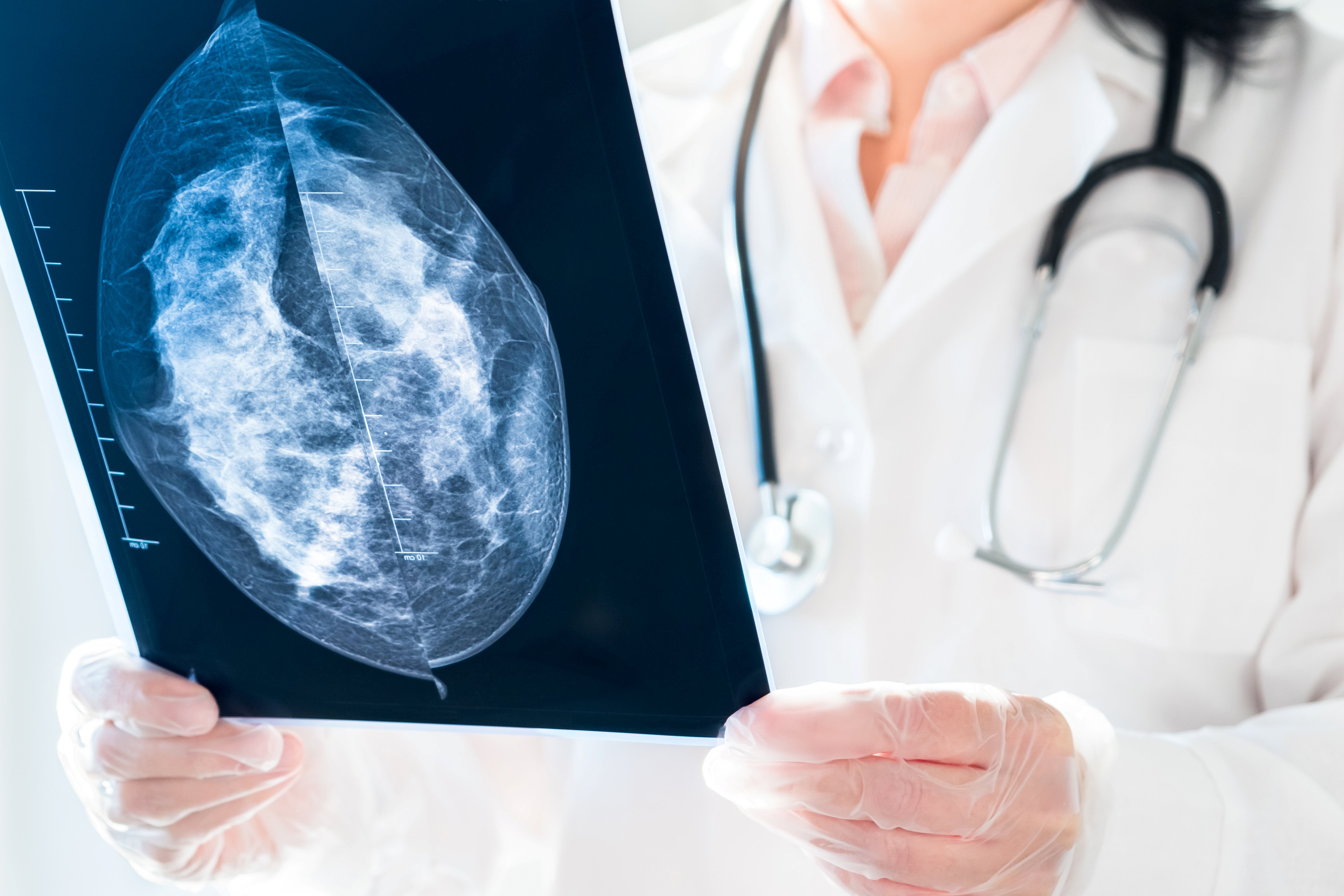Breast Cancer Screenings: What to Know
February 14, 2023

Mammograms, an essential tool for breast cancer screening, play a critical role in early detection and diagnosis. Understanding mammograms and their importance is crucial for every woman, as they are key to proactive health care and can significantly impact breast cancer outcomes.
Mammograms are X-ray screenings used to detect breast cancer, often before symptoms like lumps develop. They are crucial for women over 40 or those with a higher risk of breast cancer. While traditional mammograms provide two-dimensional images, 3D mammography offers more detailed views, enhancing early detection and reducing the need for follow-up tests.
We'll cover what you need to know about mammograms, including their importance, who should get them, how often, and the advancements in 3D mammography. Understanding these aspects can help you make informed decisions about your breast health and ensure timely and effective monitoring.
Why are mammograms important?
DID YOU KNOW…1 in every 8 women will develop breast cancer at some point during their life?
This Onsite Women’s Health statistic is startling!
Fortunately, routine mammograms allow women to be proactive with their health and ensure they detect any potential breast cancer concerns early on – before they face a higher risk of cancer-related mortality.
Who should get a mammogram?
There is a common misconception that women do not need to worry about scheduling regular mammograms until they are age 40 or over. However, this is not always the case.
While instances of breast cancer in women in their 20s and 30s are rare, they still happen from time to time. According to the American Cancer Society, the potential harms of false positives, unnecessary procedures, and overdiagnosis generally outweigh the potential benefits of breast cancer screenings for most women in this younger age group.
However…if breast cancer runs in your family or you otherwise have an increased risk of breast cancer, you should definitely discuss scheduling a screening mammogram with your healthcare provider – regardless of your age.
How often should you get a mammogram?
Our mammography partner, Onsite Women’s Health, recommends yearly mammograms for…
- Asymptomatic women 40 and over – including those with breast implants
- Asymptomatic women younger than 40 with an increased breast cancer risk
- Women experiencing cyclic, bilateral, and/or non-focal breast pain
-
Asymptomatic women who have had a breast surgery, biopsy, or diagnostic imaging with subsequent normal (or benign) exams (BI-RADS 1 or 2). This includes…
- Women who have had a unilateral mastectomy.
- Women who have had a benign biopsy.
- And women who have had a diagnostic exam and have been cleared to return for a screening.
Why aren’t breast self-exams enough?
It is essential for women to be familiar with how their breasts regularly look and feel and take note of any changes, lumps, or pains.
However, breast self-exams should not be the sole method of breast cancer monitoring – especially for women who fall into one of the categories listed above. American Cancer Society guidelines state that “evidence does not show that regular breast self-exams help reduce deaths from breast cancer.”
If you detect any abnormalities during a breast self-exam, report your concerns to your healthcare provider immediately. Your provider will help you determine whether further testing is needed.
What is a 3D mammogram?
While most standard mammograms use x-ray technology to create flat two-dimensional pictures, a 3D mammogram provides more comprehensive images of your breast tissue.
During any mammogram – 2D or 3D – two plates are slowly pressed together around each breast, compressing them for just a few seconds. Although this compression CAN be somewhat uncomfortable, it is necessary for the best images.
To capture high quality three-dimensional images, the x-ray arm of the 3D mammogram machine sweeps around you in an arc, taking pictures of your breasts from multiple key angles. The resulting images come out in 1-millimeter slices – allowing healthcare providers to examine breast tissue in greater detail than ever before.
This increased degree of detail makes it far easier for providers to detect breast cancers earlier.
Benefits of 3D mammography
But is 3D mammography really all that much better than 2D breast cancer screenings?
Yes! The key advantages of 3D mammograms include…
- Greater visibility of breast tissue
- Clearer representations of abnormal areas
- Earlier breast cancer detection
- More confident provider assessments
- Reduced need for follow-up imaging
Most of the time, 3D mammograms are conducted in conjunction with 2D mammograms (at the same time AND with the same equipment), as the results tend to complement and better inform one another.
And while 3D screenings use slightly more radiation than 2D screenings, the levels of radiation remain well within accepted limits, approved for all women who would otherwise undergo a 2D mammogram – in both screening and diagnostic situations.
Mount Olive Family Medicine Center | Now Offering On-Site 3D Mammograms
The good news? In cooperation with Onsite Women’s Health, the Mount Olive Family Medicine Center team will begin offering 3D breast cancer screenings at our very own clinic on March 15, 2023.
“We are very excited about this and feel it will offer a lot of women in our community the opportunity to keep up with their annual screening for breast cancer.”
~Lisa Hooks, MOFMC Executive Director
Need to schedule your annual breast cancer screening? Call us at 919-658-4954 today to set up your mammogram appointment.
Have more questions about breast cancer monitoring? Call us at 919-658-4954.
